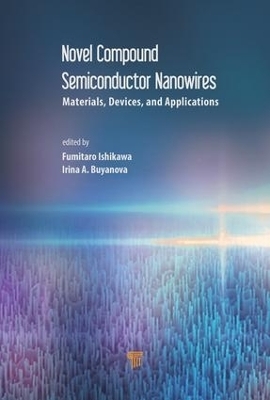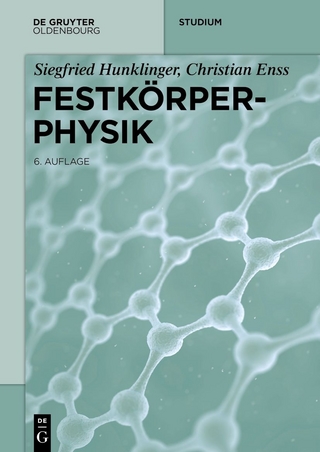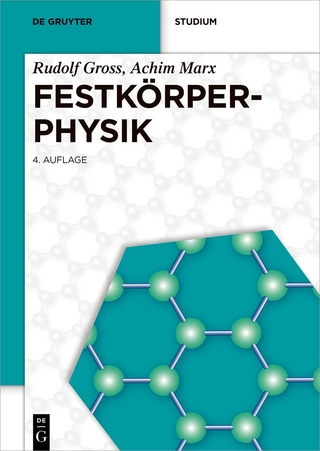
Novel Compound Semiconductor Nanowires
Pan Stanford Publishing Pte Ltd (Verlag)
978-981-4745-76-5 (ISBN)
- Titel nicht im Sortiment
- Artikel merken
Fumitaro Ishikawa received his bachelor’s degree in 1999 and his PhD in electronics engineering in 2004 from Hokkaido University, Sapporo. In 2004 he joined Paul Drude Institute für Festkörperelektronik, Berlin. In 2007 he became assistant professor in Osaka University. Since 2013, he is associate professor in Ehime University. He has worked on molecular beam epitaxy of compound semiconductors throughout his career. His current research interests mainly focus on the synthesis of advanced materials based on compound semiconductor nanostructures. Irina A. Buyanova received her BSc degree in physics in 1982 from Kiev State University and her PhD in solid state physics in 1987 from the Institute for Semiconductors, Ukrainian Academy of Sciences, Kiev. In 1994 she joined the Department of Physics, Chemistry and Biology, Linköping University, Sweden. In 2002 she was awarded a senior researcher grant of excellence from the Swedish Research Council, followed by a professorship at Linköping University in 2007. Her current research interests mainly focus on physics and applications of novel spintronic materials, advanced electronic and photonic materials based on wide-bandgap semiconductors, and highly mismatched semiconductors and related nanostructures.
Epitaxial Heterostructure Nanowires. Molecular beam epitaxial growth of GaN nanocolumns and related nanocolumn emitters. Novel GaNP nanowires for advanced optoelectronics and photonics. GaNAs-based nanowires for near-infrared optoelectronics. Dilute Bismide Nanowires. Ferromagnetic MnAs/III-V Hybrid Nanowires for Spintronics. GaAs-Fe3Si Semiconductor-Ferromagnet Core-Shell Nanowires for Spintronics. GaAs/AlGaOx Heterostructured Nanowires Synthesized by Post Growth Wet Oxidation. GaAs/SrTiO3 Core-Shell Nanowires. Ga(In)N nanowires grown by Molecular Beam Epitaxy: from quantum light emitters to nano-transistors. InP-related nanowires for light-emitting applications. InP/InAs quantum heterostructure nanowires. III-Nitride Nanowires and Their Laser, LED photovoltaic Applications. III-V nanowires: transistor and photovoltaic applications.
| Erscheinungsdatum | 12.05.2017 |
|---|---|
| Zusatzinfo | 6 Tables, black and white; 31 Illustrations, color; 185 Illustrations, black and white |
| Verlagsort | Singapore |
| Sprache | englisch |
| Maße | 152 x 229 mm |
| Gewicht | 1022 g |
| Themenwelt | Naturwissenschaften ► Physik / Astronomie ► Festkörperphysik |
| Naturwissenschaften ► Physik / Astronomie ► Plasmaphysik | |
| Technik ► Elektrotechnik / Energietechnik | |
| ISBN-10 | 981-4745-76-6 / 9814745766 |
| ISBN-13 | 978-981-4745-76-5 / 9789814745765 |
| Zustand | Neuware |
| Haben Sie eine Frage zum Produkt? |
aus dem Bereich


